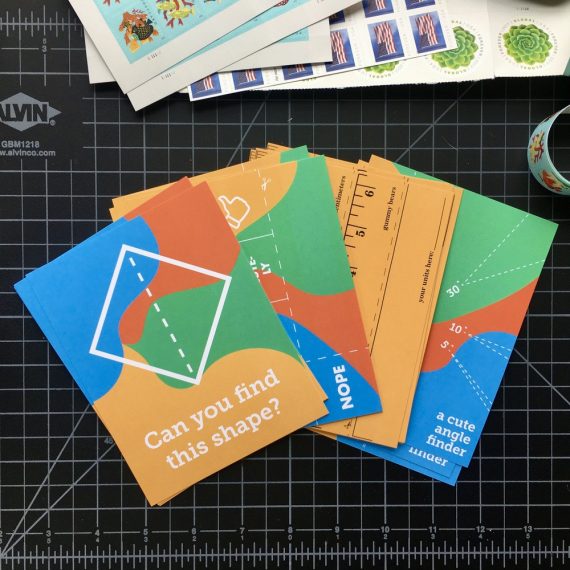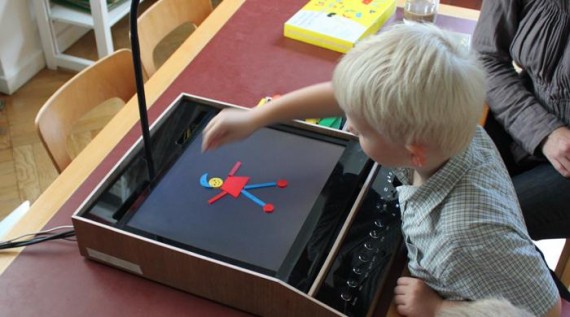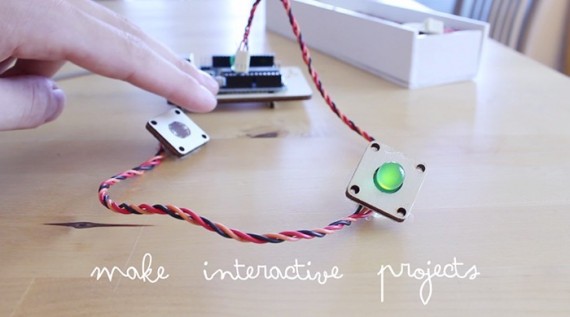UX for Good: New Orleans
Team
Company | Institution
Category
Type
Project description
In New Orleans, music can easily be mistaken for a natural resource. But every note of every song is the product of a human being. Not only are these people often uncompensated for their work, they are often not fully understood. To fulfill its Clinton Global Initiative commitment, Insight Labs convened the second annual UX for Good event in New Orleans on behalf of these musicians.
Designers from Twitter, Google, Manifest Digital, Obama for America, and other organizations applied their unrelenting empathy to the problems musicians face in their everyday lives. They interviewed street performers, DJs, producers, club owners, and anyone else with a stake in the city's music culture and then crafted three original ways to connect musicians with the prosperity and recognition they deserve.
The UX for Good New Orleans project presents the opportunity to connect independent musicians and audiences as never before, fostering a culture in which tourists are able to connect with artists during and after their visits. Musicians would be empowered to optimize self-management to increase their income and engage with their fan base. The lessons learned from this project could be applied to the advantage of musicians across the world.
Context/Audience
The huge middle class of musicians is being squeezed in ways that it never has been previously, says Scott Goldman, vice president of the GRAMMY Foundation and MusiCares. If society fails to support these musicians: it would have an incalculable effect on the diversity and depth of the music that is made and listened to around the world.
We set out to New Orleans because of an affinity for the city, open to discoveries that might aid poverty, hunger, and other problems the city was facing still in the aftermath of hurricane Katrina. After speaking with a number of the city's leaders, it was undeniable that music remained the true lifeblood of New Orleans.
Because of the large number of musical acts, venues were unwilling and unable to offer more pay to musicians. It became clear that the musicians who were largely driving tourism to the city were not reaping the benefits they deserved. Our designers set out to uncover the pieces that might enable musicians to more directly engage with audiences. The solutions would not only improve the musicians' financial situations, but would create a more sustainable music culture by enabling artists and their fans to form more personal connections.
Impact
According to Scott Aiges of the New Orleans Jazz and Heritage Foundation, the average musician in the New Orleans area is married, has two or more children, and makes less than $27,000 a year. Although most professional managers are not interested in acts that gross less than $500,000 per year, there is an untapped tourist economy that, if given the opportunity, could infuse the financial support to provide musicians with the security they need. If each of the 8.8 million tourists who visit New Orleans each year contributed a little more than $5 to the city's estimated 4,500 musicians, their income could be increased by an average of $10,000. This salary increase would give musicians a secure place in the middle class.
This project not only has the potential to improve the financial situation of New Orleans' musicians; it also improves the tourist experience by allowing fans to follow their favorite musicians after leaving the city and revisit them in the future. It gives the brand of the New Orleans musician a deeper image: a name, a face, and a sound to remember and seek out on future visits. It humanizes and empowers the New Orleans musician.
Craft
A three-part solution for revamping the musical ecosystem in New Orleans would be instrumental in developing networks within the local music community while helping outsiders discover artists and performances aligned with their interests.
The first step of the solution uses digital tools like geolocation, check-ins, and social media feedback to make it easier for musicians to make smart decisions about when and where to perform. Musicians could track basic information about performances across the city, such as attendance and genre, in order to make smarter decisions about how to manage their careers. The same information could be used by tourists to track shows throughout the city and share or follow musicians they like, making their visits to the city more meaningfully structured around music.
Musicians could exchange knowledge and resources at embassiescentral meeting spots created specifically for musicians that would provide musicians a space to jam and learn from one another.
Finally, a complete overhaul of the tipping system would use digital tools to prompt listeners to leave a tip for the band on bills at restaurants and bars. The strategic exchange of digital information would enhance the musical experience of New Orleans artists and tourists alike.
Designers from Twitter, Google, Manifest Digital, Obama for America, and other organizations applied their unrelenting empathy to the problems musicians face in their everyday lives. They interviewed street performers, DJs, producers, club owners, and anyone else with a stake in the city's music culture and then crafted three original ways to connect musicians with the prosperity and recognition they deserve.
The UX for Good New Orleans project presents the opportunity to connect independent musicians and audiences as never before, fostering a culture in which tourists are able to connect with artists during and after their visits. Musicians would be empowered to optimize self-management to increase their income and engage with their fan base. The lessons learned from this project could be applied to the advantage of musicians across the world.
Context/Audience
The huge middle class of musicians is being squeezed in ways that it never has been previously, says Scott Goldman, vice president of the GRAMMY Foundation and MusiCares. If society fails to support these musicians: it would have an incalculable effect on the diversity and depth of the music that is made and listened to around the world.
We set out to New Orleans because of an affinity for the city, open to discoveries that might aid poverty, hunger, and other problems the city was facing still in the aftermath of hurricane Katrina. After speaking with a number of the city's leaders, it was undeniable that music remained the true lifeblood of New Orleans.
Because of the large number of musical acts, venues were unwilling and unable to offer more pay to musicians. It became clear that the musicians who were largely driving tourism to the city were not reaping the benefits they deserved. Our designers set out to uncover the pieces that might enable musicians to more directly engage with audiences. The solutions would not only improve the musicians' financial situations, but would create a more sustainable music culture by enabling artists and their fans to form more personal connections.
Impact
According to Scott Aiges of the New Orleans Jazz and Heritage Foundation, the average musician in the New Orleans area is married, has two or more children, and makes less than $27,000 a year. Although most professional managers are not interested in acts that gross less than $500,000 per year, there is an untapped tourist economy that, if given the opportunity, could infuse the financial support to provide musicians with the security they need. If each of the 8.8 million tourists who visit New Orleans each year contributed a little more than $5 to the city's estimated 4,500 musicians, their income could be increased by an average of $10,000. This salary increase would give musicians a secure place in the middle class.
This project not only has the potential to improve the financial situation of New Orleans' musicians; it also improves the tourist experience by allowing fans to follow their favorite musicians after leaving the city and revisit them in the future. It gives the brand of the New Orleans musician a deeper image: a name, a face, and a sound to remember and seek out on future visits. It humanizes and empowers the New Orleans musician.
Craft
A three-part solution for revamping the musical ecosystem in New Orleans would be instrumental in developing networks within the local music community while helping outsiders discover artists and performances aligned with their interests.
The first step of the solution uses digital tools like geolocation, check-ins, and social media feedback to make it easier for musicians to make smart decisions about when and where to perform. Musicians could track basic information about performances across the city, such as attendance and genre, in order to make smarter decisions about how to manage their careers. The same information could be used by tourists to track shows throughout the city and share or follow musicians they like, making their visits to the city more meaningfully structured around music.
Musicians could exchange knowledge and resources at embassiescentral meeting spots created specifically for musicians that would provide musicians a space to jam and learn from one another.
Finally, a complete overhaul of the tipping system would use digital tools to prompt listeners to leave a tip for the band on bills at restaurants and bars. The strategic exchange of digital information would enhance the musical experience of New Orleans artists and tourists alike.

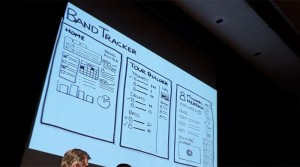

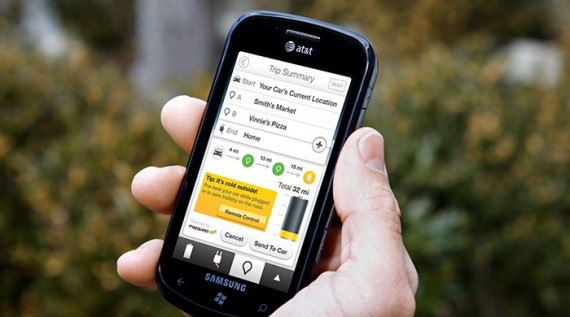
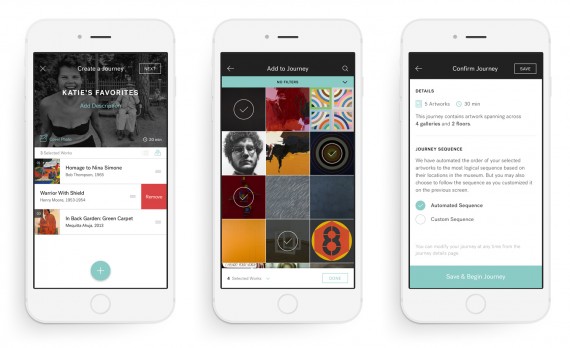
.jpg)
